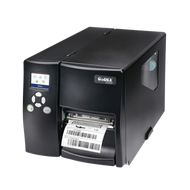How to Make a Price Tag for Clothes: Step-by-Step Guide
13th Aug 2025
Key Highlights
- Price tags play a crucial role in Canadian retail by enhancing brand presentation, ensuring price transparency, and supporting legal compliance with regulations like the Competition Act.
- To create professional tags, you’ll need a thermal transfer printer, high-quality tag stock, design software such as GoLabel or BarTender, barcode tools, and secure fasteners.
- Effective tag design should reflect your brand identity, include bilingual text when selling in Quebec, and clearly display key product details such as price, size, barcode, and item description.
- Use high-resolution printers, such as those from Godex or Afinia (available at DuraFastLabel.ca), to ensure crisp, smudge-resistant, and durable price tags that perform well in busy retail environments.
- Tags should be attached carefully using tagging guns, loop strings, or adhesive options; avoid methods like stapling or pinning that may damage fabric.
- To achieve a professional finish, follow design best practices such as maintaining a clear visual hierarchy, batch printing for consistency, and using eco-friendly materials when possible.
- Common questions addressed include whether handwritten tags are acceptable, legal labelling requirements in Canada, how to attach tags without damage, and the different types of tags available for retail.
Creating a price tag might seem like a small task, but it plays a big role in how your clothing brand is perceived. If you’re wondering how to make a price tag for clothes that looks professional, communicates value, and complies with retail standards, you’re in the right place. From material selection to barcode integration and printing methods, every detail matters, especially when managing inventory across multiple locations or selling both online and in-store.
In this step-by-step guide, we’ll walk you through the complete process of designing and producing price tags that are both functional and brand-aligned, whether you're a boutique owner, a fashion startup, or managing a growing clothing line. Let’s get started with the essentials.
What Is the Importance of Price Tags for Clothes?
In the Canadian retail landscape, price tags are more than just labels with numbers; they're an essential part of your store’s communication strategy. Whether you’re running a boutique in Toronto or managing a chain across provinces, price tags help convey brand identity, support inventory control, and improve the overall customer experience.
Why Price Tags Matter in Retail Settings and the Key Elements They Should Include?
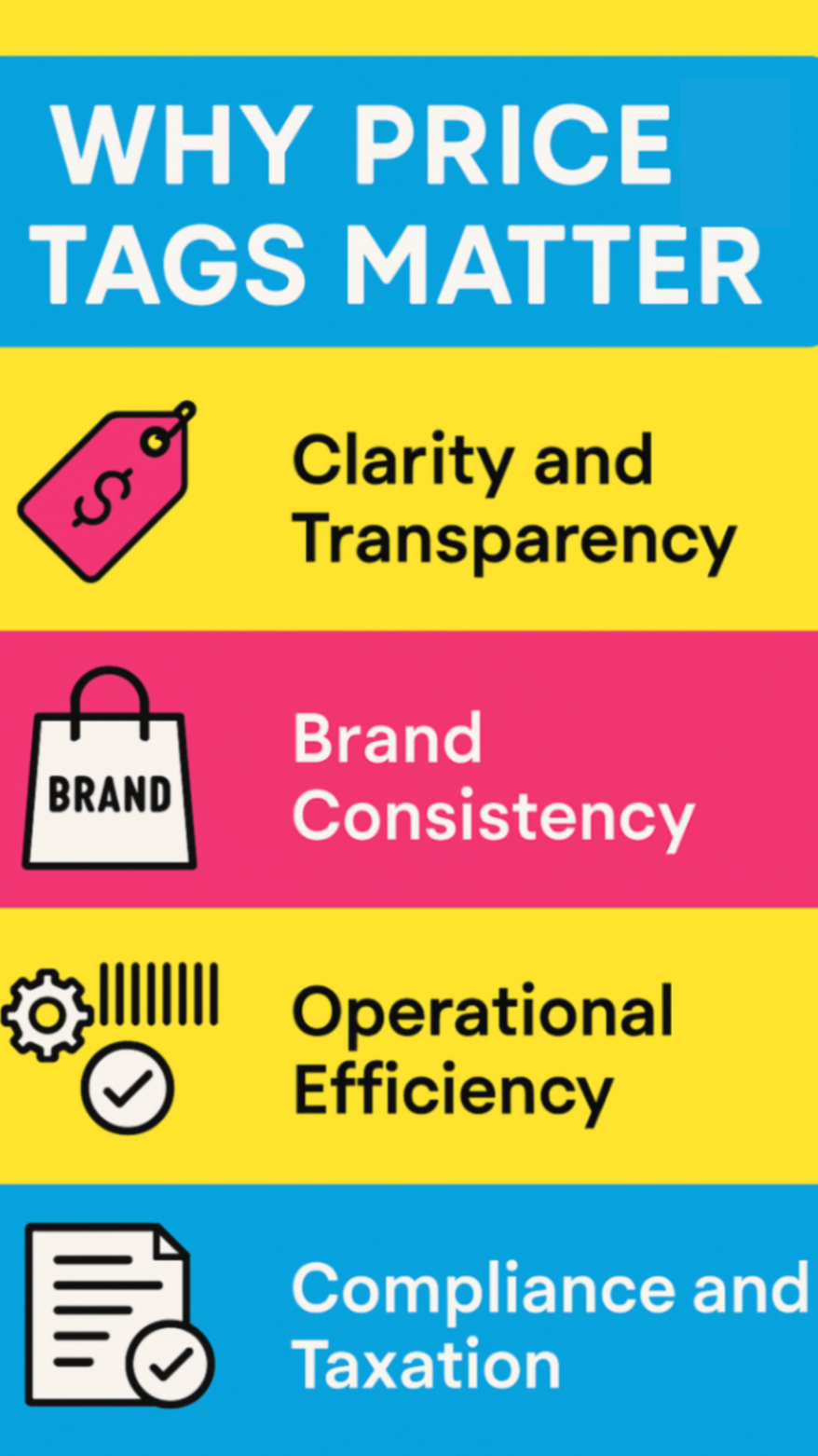
-
Clarity and Transparency
Shoppers expect transparent, upfront pricing. In Canada, regulations like the Competition Act require price accuracy at the point of sale, making properly labelled garments a legal necessity, not just a courtesy. -
Brand Consistency
A well-designed price tag that matches your visual branding reinforces professionalism. The font, colour scheme, and even the cardstock you choose all influence how customers perceive your brand. -
Operational Efficiency
For clothing retailers using POS systems, price tags often include barcodes or QR codes. This integration streamlines the checkout process, simplifies returns, and enables accurate tracking of sales performance. -
Compliance and Taxation
In provinces with variable sales tax (like Quebec or British Columbia), your tags may also need to reflect tax inclusivity or disclaimers, especially during promotions or markdowns.
What You'll Need to Make Your Own Clothing Price Tags?
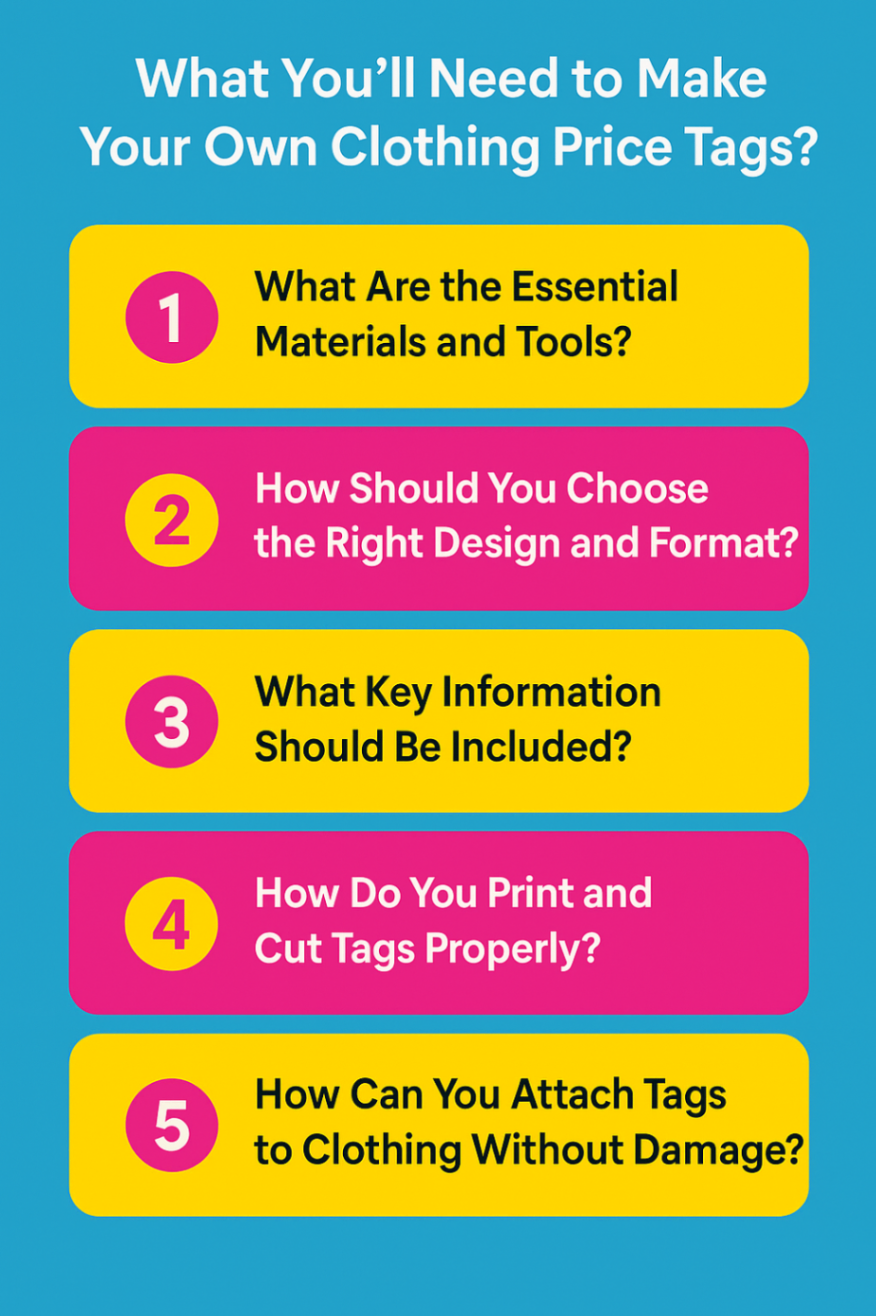
Designing and producing your own price tags gives you greater control over branding, compliance, and inventory tracking, especially in a competitive retail market like Canada. Whether you're labelling locally made garments in Vancouver or launching a new collection in Montreal, the right setup ensures your tags are functional, durable, and professional.
1. What Are the Essential Materials and Tools?
To begin, you’ll need a reliable label printer, suitable tag stock, and professional-grade design software. Thermal transfer printers are ideal for retail environments due to their durability and clarity, especially when paired with high-quality tag media from DuraFastLabel.ca. Design software, such as GoLabel or BarTender, is commonly used to generate barcodes and customize layouts. Tag fasteners and cutters complete your setup by helping you finish and attach tags professionally.
2. How Should You Choose the Right Design and Format?
Your tag design should reflect your brand’s aesthetic while serving a practical role in-store. Clothing tags come in various formats, including hang tags, adhesive labels, and loop tags, each suitable for different types of apparel and retail displays. If you're selling across Canadian provinces, especially in Quebec, a bilingual tag design in English and French can help meet regional labelling expectations and enhance accessibility.
3. What Key Information Should Be Included?
An effective clothing price tag includes more than just the price. It often features the product name, size, colour, barcode, SKU, and brand details. Some tags may also include care symbols, material information, or QR codes for enhanced interactivity. For Canadian businesses, clarity and compliance are key, particularly when aligning price tag content with provincial tax rules or bilingual labelling requirements.
4. How Do You Print and Cut Tags Properly?
Print quality directly affects how your tags are perceived. Using premium tag stock and thermal transfer ribbons ensures long-lasting, scannable tags that won’t fade or smudge. Before printing large batches, it's recommended to run a few test prints to ensure barcode alignment and legibility. Once printed, tags can be trimmed with precision cutters to maintain a clean, uniform look, reinforcing the professional feel of your garments.
5. How Can You Attach Tags to Clothing Without Damage?
The final step involves securely attaching the tags without damaging the garments. Depending on the type of clothing, you may use plastic tagging guns, loop pins, or eco-friendly strings. Adhesive tags may also be used for packaged apparel. If your items are being sold in Canadian chain stores or boutiques, be sure to follow any specific tag placement or presentation standards they may require.
Step-by-Step Guide: How to Make a Price Tag for Clothes
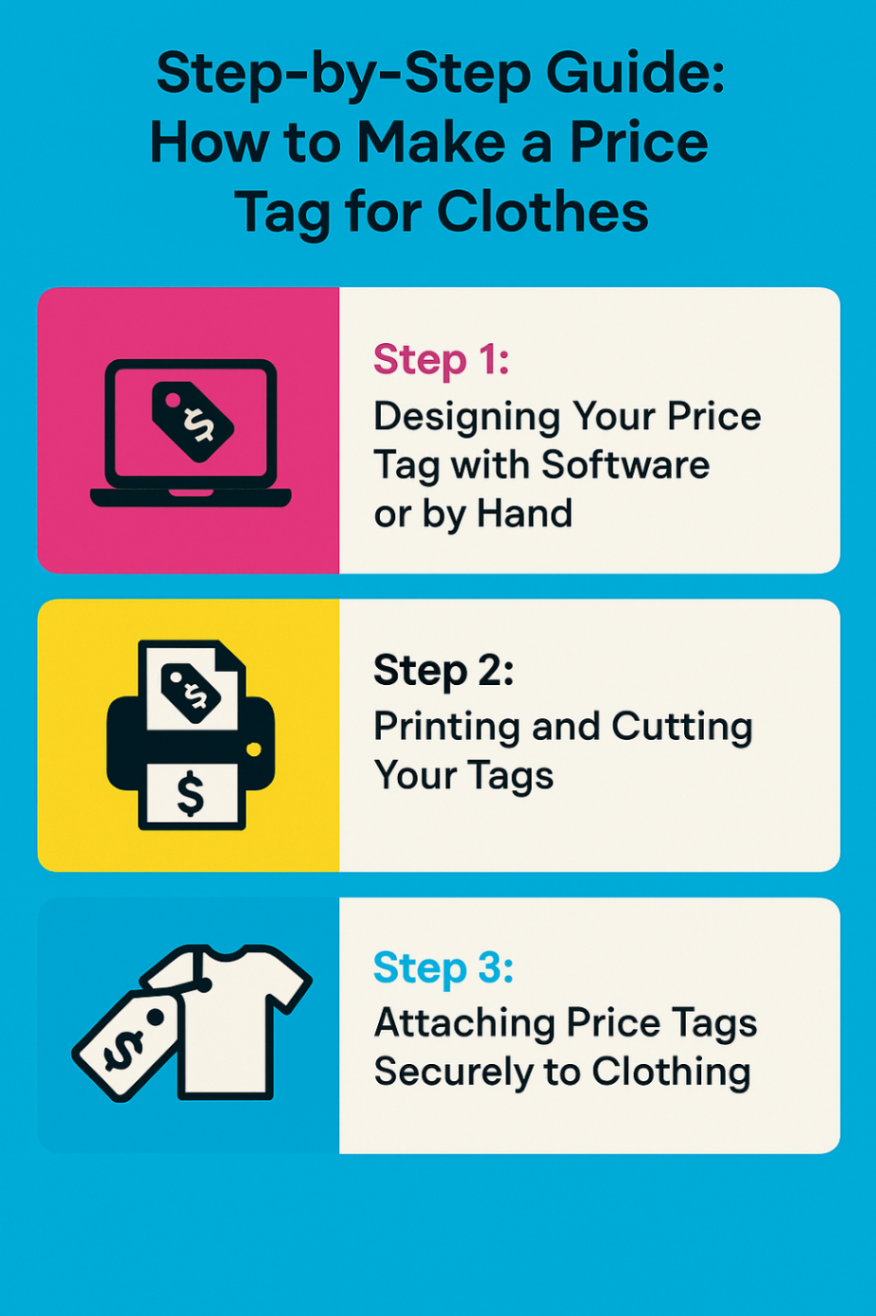
Creating professional-looking price tags is essential for any clothing retailer. Whether you're running a boutique in Toronto or a fashion brand across Canada, let us walk you through each stage of making your clothing price tags efficiently and effectively.
Step 1: Designing Your Price Tag with Software or by Hand
The first step is to create a tag layout that reflects your brand while including the necessary retail information. Most businesses in Canada use design software like GoLabel or BarTender, both of which integrate easily with DuraFast printers. These tools allow you to include barcodes, product names, sizes, pricing, and even QR codes.
If you're working on a small scale or crafting by hand, you can sketch and print simple tag designs using graphic tools like Canva or Adobe Illustrator. However, digital software offers precision and scalability, which is crucial for businesses looking to grow.
Step 2: Printing and Cutting Your Tags
Once your design is ready, print your tags using a thermal transfer printer for crisp, fade-resistant results, ideal for high-traffic retail environments. DuraFast Label offers a range of printers suited for clothing tags, along with compatible blank tag stock and thermal ribbons.
After printing, carefully cut each tag to a uniform size using a guillotine cutter or pre-perforated stock to maintain a polished, professional appearance. Test print a few samples to ensure everything aligns correctly, especially the barcodes.
Step 3: Attaching Price Tags Securely to Clothing
With your tags ready, it’s time to attach them to your garments. Most retailers use tagging guns and plastic fasteners, which are ideal for garments with care labels or seams. For delicate or high-end clothing, consider using string loops or eco-friendly options, such as twine, to preserve the garment’s integrity.
Ensure each tag is placed consistently, typically at the collar, waistband, or sleeve, so it’s easy for customers and staff to locate. In Canadian stores, consistent and clear tagging also helps meet POS system requirements and regional display expectations.
What are the Tips for Creating Professional-Looking Price Tags?
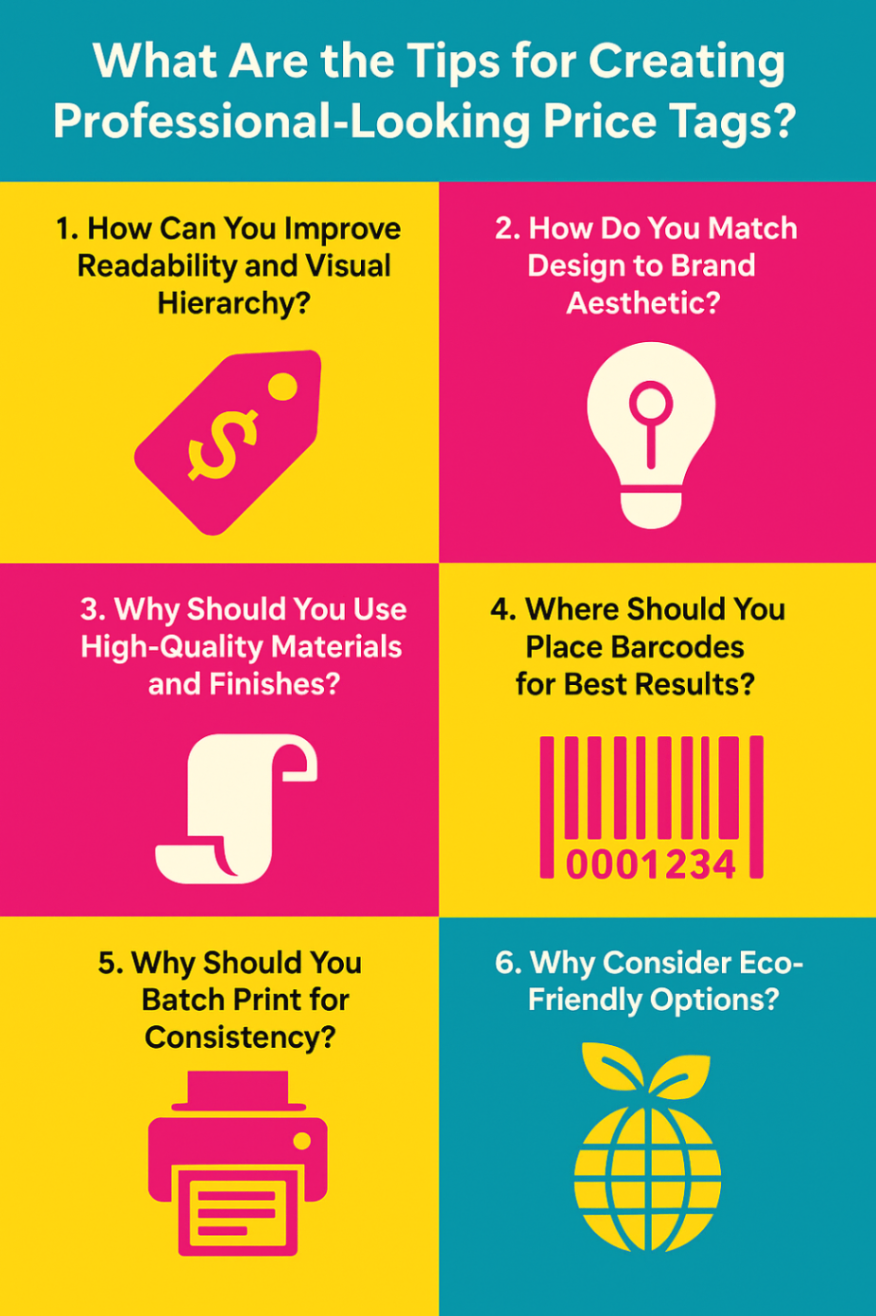
When learning how to make a price tag for clothes, it's easy to focus solely on function, slap on a price and go. However, in retail, price tags are an integral part of your brand experience. A well-designed tag can influence buying decisions, reinforce brand identity, and even streamline inventory operations. Below are some expert tips to ensure your price tags look polished, credible, and ready for any retail shelf in Canada.
1. How Can You Improve Readability and Visual Hierarchy?
Your price tag should clearly highlight the product name, price, and barcode, preferably in that order. Use clean, legible fonts and avoid overly stylized typefaces that may confuse the customer or fail to scan properly at checkout. If you're wondering how to make a price tag for clothes that looks both sleek and effective, start with a strong visual hierarchy. Make the price bold, use adequate spacing, and avoid clutter.
2. How Do You Match Design to Brand Aesthetic?
Your clothing tags should align with your brand’s colour palette, logo style, and overall tone. For example, a luxury boutique in Vancouver might opt for minimalist black-and-white tags on matte cardstock. At the same time, a children's clothing store in Montreal may use colourful designs with playful fonts. When planning how to make a price tag for clothes that resonates, always think about the emotional impact it creates on your target shopper.
3. Why Should You Use High-Quality Materials and Finishes?
Low-quality tags can make even premium clothing feel cheap. Choose durable cardstock or synthetic tag stock, available from Canadian suppliers like DuraFast Label, that can withstand handling, humidity, and frequent transportation. You can also add finishing touches, such as rounded corners, lamination, or foil accents, for extra visual appeal.
4. Where Should You Place Barcodes for Best Results?
Barcodes should be placed where scanners can easily read them, typically at the bottom or back of the tag. Be sure there’s enough white space around the barcode to prevent scanning errors. If you’re using software like GoLabel or BarTender, you’ll have more control over barcode size and positioning, both critical factors when figuring out how to make a price tag for clothes that performs in real-world retail scenarios.
5. Why Should You Batch Print for Consistency?
Printing all tags at once ensures consistency in layout, colour, and size. Use a high-resolution thermal transfer printer for crisp results, especially if your tags include small fonts or detailed branding. For Canadian retailers managing bulk inventory, consistency in tagging can significantly improve operational efficiency and product traceability.
6. Why Consider Eco-Friendly Options?
As Canadian consumers become increasingly eco-conscious, sustainable materials such as kraft paper tags, biodegradable fasteners, and reusable cloth tags are gaining popularity among them. Including a subtle “eco” note on your tag design can also communicate your brand values.
Which Printer Should You Choose for High-Quality Clothing Price Tags?
Whether you're a boutique retailer, a large-scale garment distributor, or an e-commerce seller in Canada, investing in the right label printer can streamline production while ensuring crisp, durable, and visually appealing tags.
Monochrome vs. Colour Tags: What’s the Difference?
-
Monochrome price tags are printed in black using thermal transfer ribbons. These are ideal for clean, professional-looking tags with barcodes, SKUs, and simple branding. They're cost-effective and long-lasting, especially useful for high-volume clothing retailers or minimalist brands.
-
Full-colour price tags allow you to include your brand logo, product images, promotional visuals, or even bilingual icons. These tags are ideal for boutiques and premium brands seeking to enhance their shelf appeal and customer engagement.
Now let’s look at the best printers for each type.
1. Godex EZ2250i 4" Industrial Thermal Transfer Barcode Printer
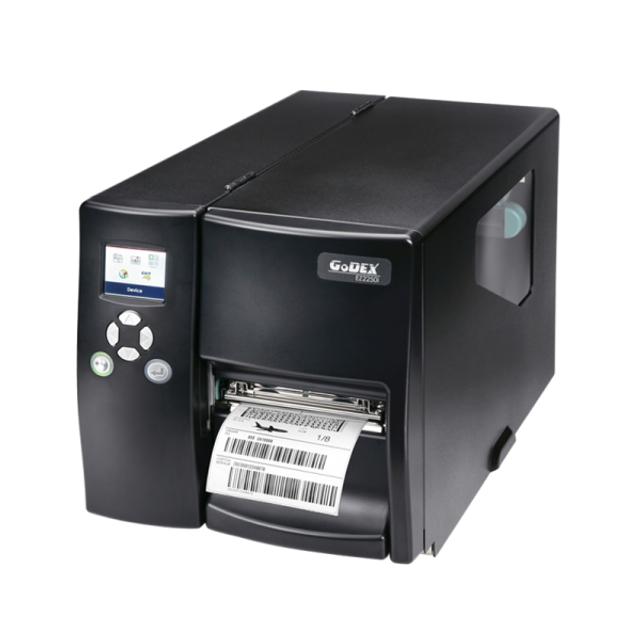
The Godex EZ2250i is ideal for businesses with high print volumes and a need for robust performance. This industrial-grade thermal transfer printer offers a resolution of 203 dpi and a fast print speed of 7 inches per second, making it perfect for batch printing price tags for clothing.
Its 4-inch print width is suitable for most retail tag formats, and the colour LCD allows for intuitive operation. With USB, serial, and Ethernet connectivity, this printer integrates seamlessly with retail systems. If you’re wondering how to make a price tag for clothes that’s sharp, smudge-resistant, and long-lasting, this is a durable and scalable solution.
Best For: High-volume apparel businesses, warehouse-style retail, and clothing brands printing thousands of tags per day.
2. Godex GE300 4" 203 dpi Desktop Thermal Transfer Printer
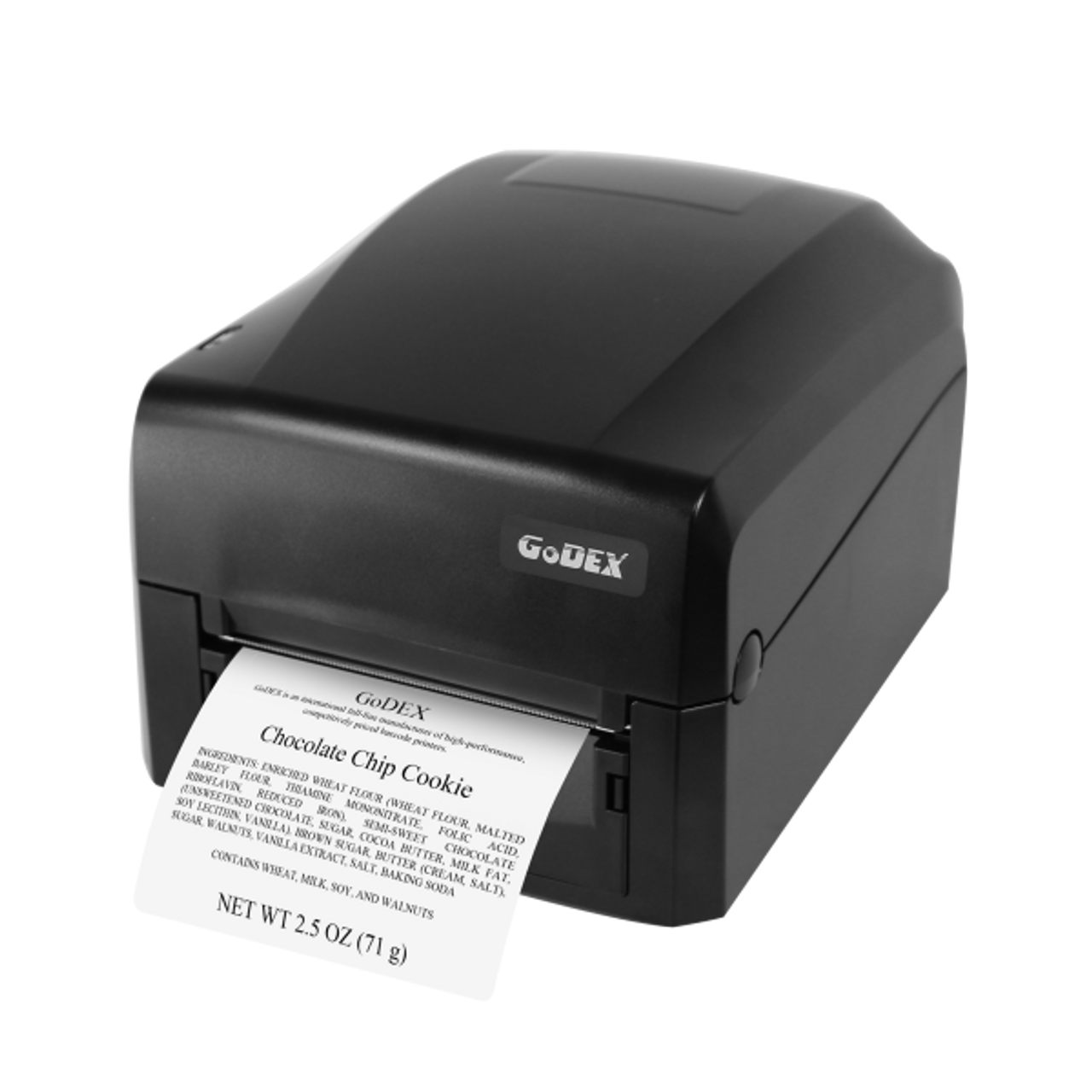
If you're running a smaller operation but still need quality thermal transfer output, the Godex GE300 offers desktop efficiency without compromising on reliability. With a 203 dpi resolution and a 5 ips print speed, this model is ideal for businesses that print moderate quantities of tags.
Its compact size makes it ideal for use in the front office, pop-up shops, or boutiques. Additionally, it's compatible with GoLabel software for easy design and barcode generation, an essential feature when learning how to create a price tag for clothes that complies with industry standards.
Best For: Small to medium-sized clothing retailers looking for desktop convenience and cost-effective label printing.
3. Afinia L502 Colour Label Printer

The Afinia L502 brings vibrant, full-colour pigment or dye-based printing to your price tag production process. With 4800 dpi resolution and Duo Ink Technology, it supports both pigment inks (for durability) and dye inks (for vivid colours), giving retailers the flexibility to print standout clothing tags.
This printer is especially useful if your tags include graphics, brand logos, or promotional visuals. If you're printing on synthetic or waterproof label stock, common in outdoor gear or activewear, the L502 ensures your tags remain intact and legible under harsh conditions.
Best For: Brands that require high-quality, full-colour tags with logos, images, or GHS-compliant features.
4. Primera LX4000 Inkjet Color Label Printer

When quality and quantity are both critical, the Primera LX4000 excels. With separate CMY dye tanks and a reusable print head, it minimizes the cost per label while delivering a resolution of up to 1200 x 4800 dpi, the highest in the industry. It supports both dye-based and pigment-based inks, giving you the flexibility to print vibrant, glossy tags or more durable, smudge-resistant ones depending on your application.
This printer is especially valuable for premium clothing lines or artisan labels in Canada that rely on stunning product presentation. From fashion boutiques to handmade garment sellers, the LX4000 can print glossy, vibrant tags that reflect your brand’s aesthetic.
Best For: Premium clothing retailers, artisan brands, and businesses that value photo-quality labels and branding consistency.
Ready to Print Price Tags That Reflect Your Brand?
If you’re serious about making professional, compliant, and brand-aligned price tags that hold up in real retail conditions, DuraFastLabel.ca is your go-to Canadian partner.
We carry industry-leading printers, premium tag stock, and robust design software like GoLabel and BarTender, all in one place. Whether you're launching a new clothing line, managing nationwide inventory, or simply learning how to make a price tag for clothes that sell, our tools help you do it faster, smarter, and better.
-
Trusted by Canada’s top retailers
-
High-resolution printing that doesn’t fade or smudge
-
Expert support to guide every step
Start tagging like a pro. Shop now at DuraFastLabel.ca
Conclusion
Learning how to make a price tag for clothes isn’t just about tagging garments; it’s about reinforcing your brand, improving operational efficiency, and meeting Canadian retail standards. With the right tools, materials, and design approach, your tags can elevate both customer experience and back-end processes. Whether you’re outfitting a single boutique or scaling across provinces, professional price tags are a must-have.
Frequently Asked Questions:
What information must be included on a clothing price tag in Canada?
Clothing price tags in Canada typically include the price (with applicable taxes), product name or code, size, and barcode. Retailers may also include details such as branding, material composition, or care instructions. Accurate labelling ensures transparency and helps customers make informed purchases while maintaining compliance with consumer protection regulations.
Can I use handwritten price tags for retail sales?
Yes, handwritten price tags are allowed, especially for small or boutique businesses. However, they must be legible and include essential information, such as price and product details. For a more professional look and barcode integration, printed tags are recommended, especially in high-traffic or inventory-managed retail environments.
Are there legal requirements for clothing price tags in Canada?
While there's no federal law mandating specific price tag formats, Canadian retailers are required to display prices clearly and accurately. Bilingual labelling (English and French) may be required in Quebec. Consumer protection laws prohibit misleading pricing, so tags must reflect the actual sale price and any conditions tied to it.
What is the best way to attach a price tag without damaging the clothes?
The safest way is to use plastic tagging guns with fine needles and fasteners through clothing labels or seams, not the fabric itself. Alternatively, string tags or adhesive hang tags on packaging work well. Avoid stapling or pinning directly into fabric, as it can damage delicate materials or leave visible holes.
What type of tags are available?
DuraFast Label Company manufactures high-quality price tags for all major printing methods. If you’re using thermal printers like the Godex series, choose from durable direct thermal or thermal transfer tags. For colour inkjet printers like the Afinia L502 or Primera LX4000, inkjet-printable tags are available for vibrant branding. Explore options for inkjet tags, direct thermal, and thermal transfer tags to find the right fit for your retail setup.
